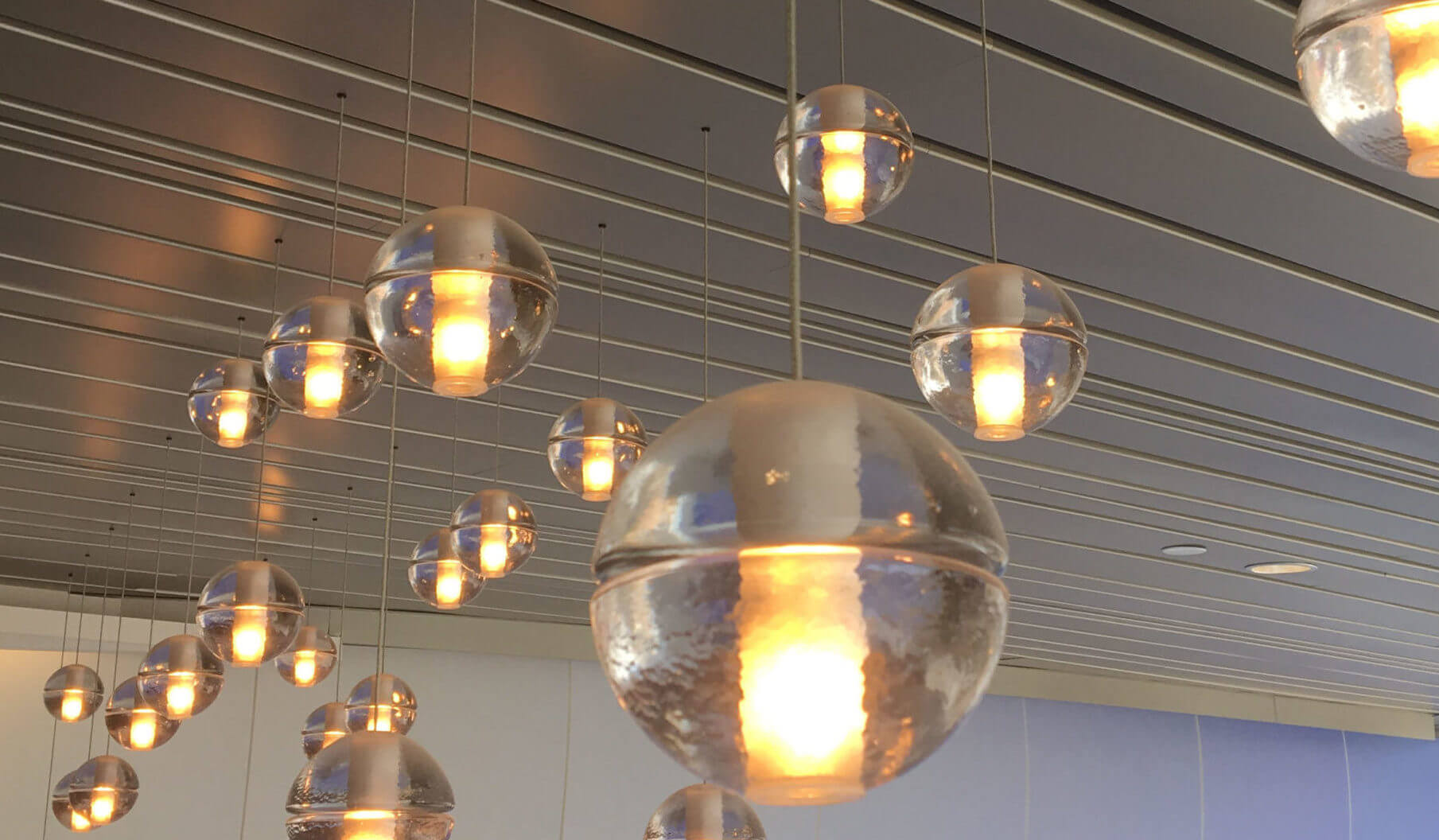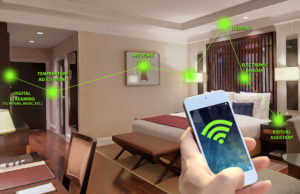As the demand for “smart” technology becomes more prevalent in our everyday lives, The Lighting Practice is increasingly incorporating high-tech lighting into buildings across a variety of sectors. From hospitality to healthcare, education to retail and more, many facilities are already reaping the benefits of smart lighting. TLP Principal Jered Widmer gives the rundown in an article published in Facility Executive.
Jered explains that the advantages of smart lighting can be twofold. In many scenarios, the information a facility gathers from the system can allow for better daily functions on the back end, while improving user interaction on the front end. “Among the benefits facility management can uncover, smart lighting can improve efficiency within an entire facility by streamlining maintenance,” Jered says. “An interconnected lighting system can allow for centralized monitoring of light fixtures throughout an entire floor, building, or campus. A single device can relay the status of each light and provide quick and accurate diagnostics when something has gone wrong…. Meanwhile, smart lighting improves the human experience.”
In the article, Jered describes how hospitality giants are experimenting with ways to improve guest convenience through smart lighting. He also explains how autonomous lighting changes may be encouraging patient recovery in hospitals and improving focus in education settings. Finally, Jered explains the tech behind the lighting – how smart lighting systems apply the concept of the Internet of Things to make it all happen.
For facilities that may be interested in upgrading to a smart system, “… the decision to utilize smart technology does not have to be an all or nothing solution; an experienced design team can plan and incorporate beneficial smart features within the owner’s budget,” Jered says.
TLP thanks Facility Executive for the opportunity to inform facilities around the country about these important innovations.
Turn Up Tech By Turning Up The Lights
Facility Executive | March 2018
As “smart” lighting technology becomes more mainstream, facilities are increasingly discovering its usefulness in daily functions and how they serve people. Interconnectivity across a room, building, or an entire campus can streamline maintenance, boost efficiency, and improve the human experience. More people are now understanding how lighting can serve them beyond providing a visual illumination role. As a result, businesses are taking advantage of this critical component of building design to piggy-back other innovations. Lighting fixtures, coupled with sensors and a wired or wireless network, provide a host of opportunities to bring facilities into the 21st century — providing new benefits to occupants, management, and owners.
Read the full article here.







